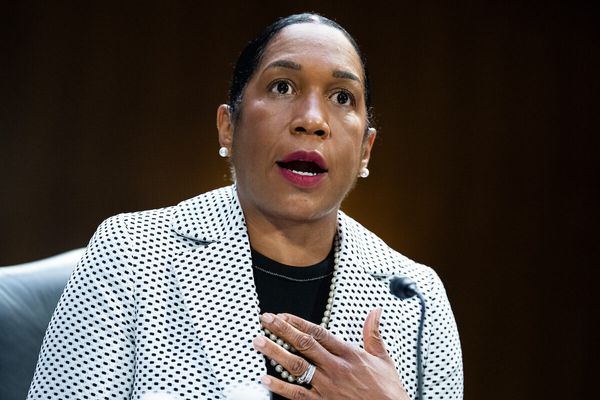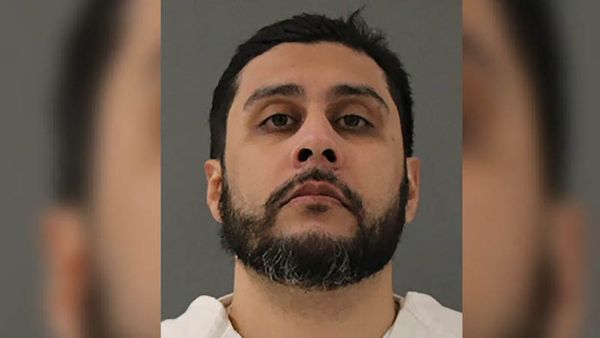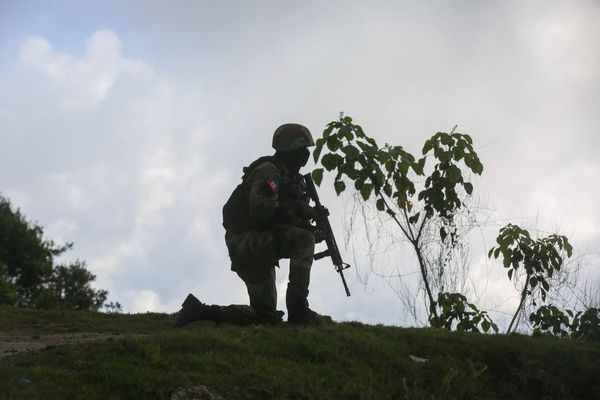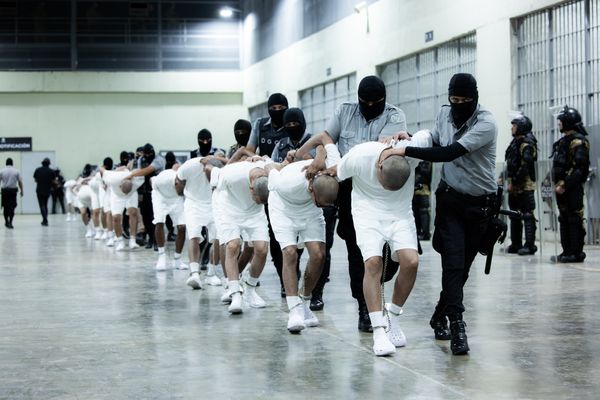
Air traffic controllers at Washington's Ronald Reagan National Airport are being offered crisis counselling following a fight in the control tower and a near-miss incident, just two months after a fatal midair collision.
These incidents have raised serious concerns about safety and operational pressures at the airport.
The Federal Aviation Administration (FAA) announced on Wednesday that it is reviewing the current arrival rate at Reagan National Airport to determine if it is excessive. In addition, the FAA is providing extra support to air traffic controllers while investigations into the January crash, which killed 67 people when a passenger jet and an Army helicopter collided, are ongoing.
Senator Ted Cruz, chair of the Senate Commerce Committee, has expressed alarm over the recent incidents, stating that they "underscore the precarious situation in the nation's airspace."
He criticised the Army's reluctance to release a memo detailing its flight rules, warning that any further fatalities resulting from a collision near Reagan "will be on the Army's hands."
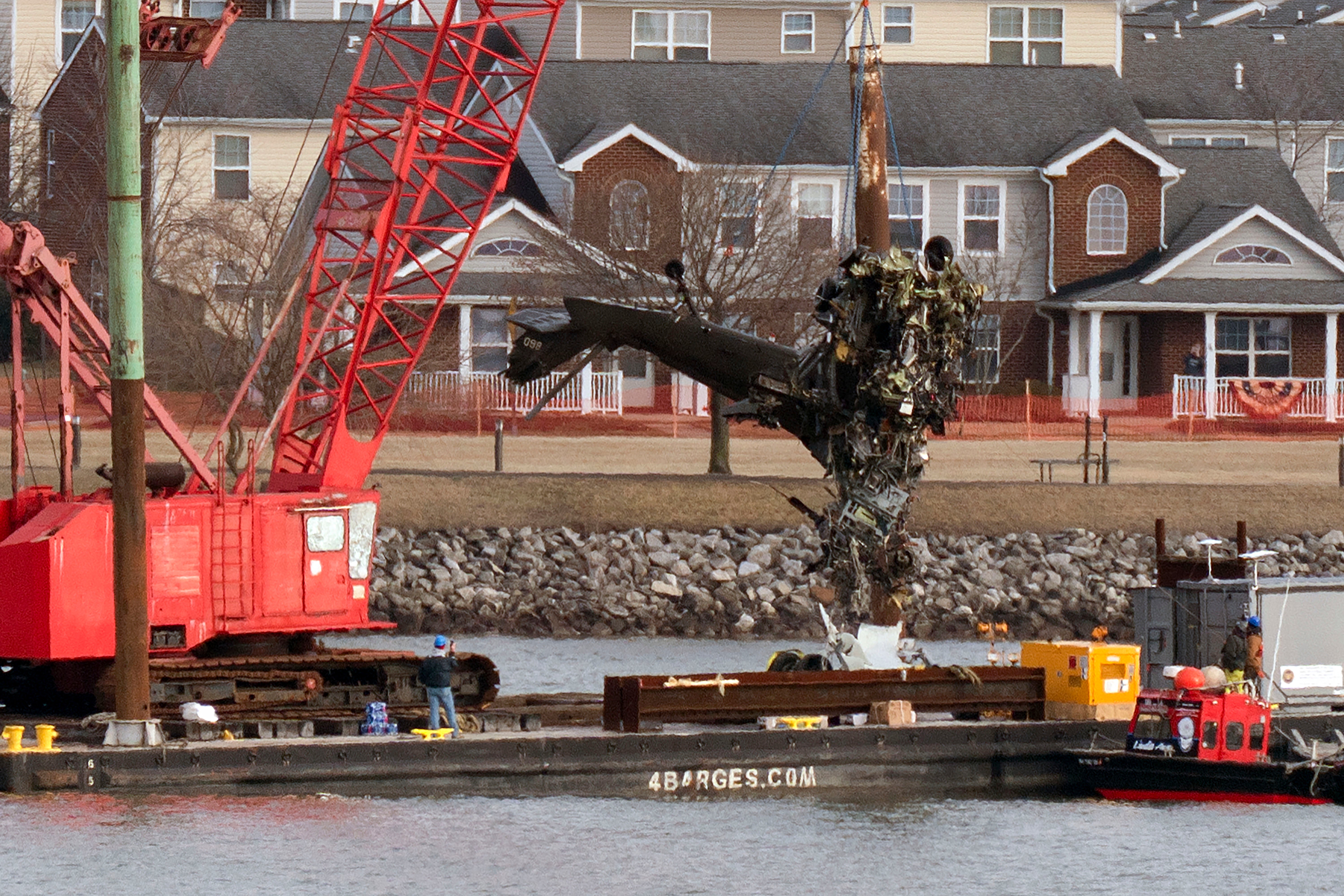
The FAA's decision to offer crisis counselling follows an altercation in the control tower last Thursday. A 39-year-old employee from Maryland was arrested on suspicion of assault and battery, according to the Metropolitan Washington Airports Authority.
No details were released about the altercation. The FAA said the employee was put on administrative leave while the fight is investigated.
The next day, a Delta passenger jet had to take evasive action as it took off from Reagan because of the proximity of a flight of four Air Force jets involved in a flyover at Arlington National Cemetery. The incident continued a pattern of close calls that the NTSB has said went on for years around the airport as commercial flights repeatedly got dangerously close to helicopters and other aircraft.
The FAA said Wednesday that it was reviewing the “current arrival rate of aircraft per hour, which is disproportionately concentrated within the last 30 minutes of each hour.”
After the crash, the arrival rate at the airport fell to 26 an hour while crews worked to recover the wreckage of the American Airlines jet and Army Black Hawk helicopter from the Potomac River. But the acting head of the FAA said at a hearing last week that arrivals are now back up to 30 an hour and could go up to 32. Now the agency is rethinking that.
To help with the stress, the FAA plans regular wellness checks of its staff at Reagan as well making counsellors available. It wasn’t immediately clear if the agency took that step right after the Jan. 29 crash. The number of supervisors will increase from six to eight, and the agency will evaluate whether it has enough controllers working each shift.
The union that represents air traffic controllers at Reagan and airports across the country declined to comment on the situation.
During Wednesday’s hearing, Cruz threatened the Army with a subpoena if it did not give the committee a copy of its memo spelling out when its aircraft are allowed to fly without a key system that broadcasts their location to other aircraft turned on.
The fact that system wasn’t activated in the Black Hawk that collided with the passenger jet is a key concern investigators have highlighted. With the location system turned off, the tower had to rely on radar for updates on the helicopter’s position that only came once every four seconds instead of every second before the crash.
“It begs the question, what doesn’t the Army want Congress or the American people to know about why it was flying partially blind to the other aircraft and to the air traffic controllers near DCA (Reagan airport)?,” Cruz said. “This is not acceptable.”
The Army didn’t immediately respond to an inquiry Wednesday about the memo. The U.S. Army’s head of aviation, Brig. Gen. Matthew Braman, told the Senate Commerce Committee last week that he wasn’t sure if he could provide the memo because it is part of the investigation, but the head of the NTSB assured him that would be okay.
The January crash was the nation’s deadliest plane crash since November 2001. But a series of other crashes and near misses in the months after fuelled worries about air travel even though it remains safe overall.
Flight aborts takeoff after crew mistake taxiway for runway
Heathrow shutdown: What we learnt from travel chaos and how could it be prevented?
Search for missing MH370 flight suspended say Malaysian government
UK’s worst motorway named and shamed in AA study
Up and over to down under: Qantas plan Sydney to London nonstop via the North Pole
Drayton Manor’s free entry prank for April Fool’s may be real after all
